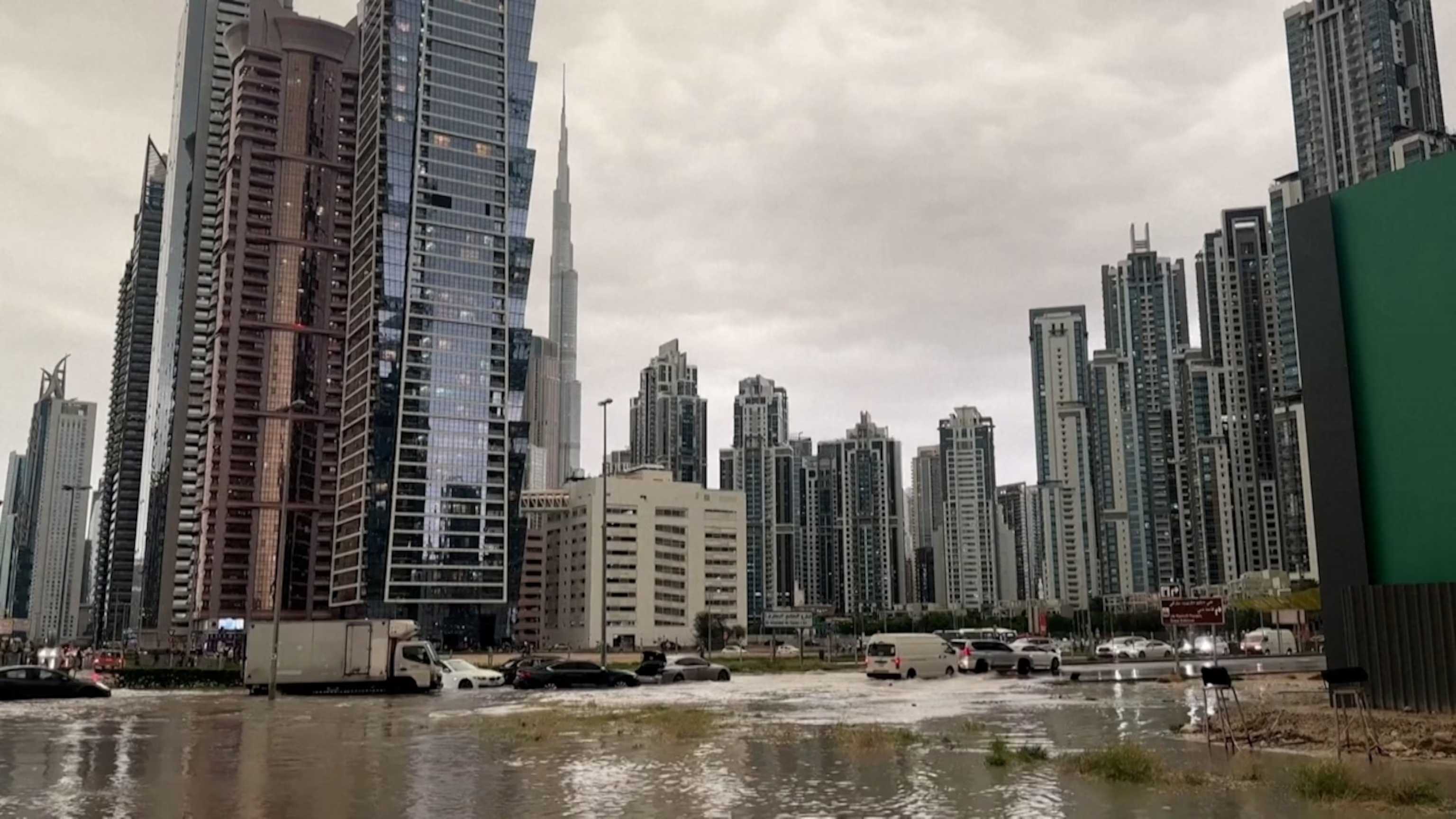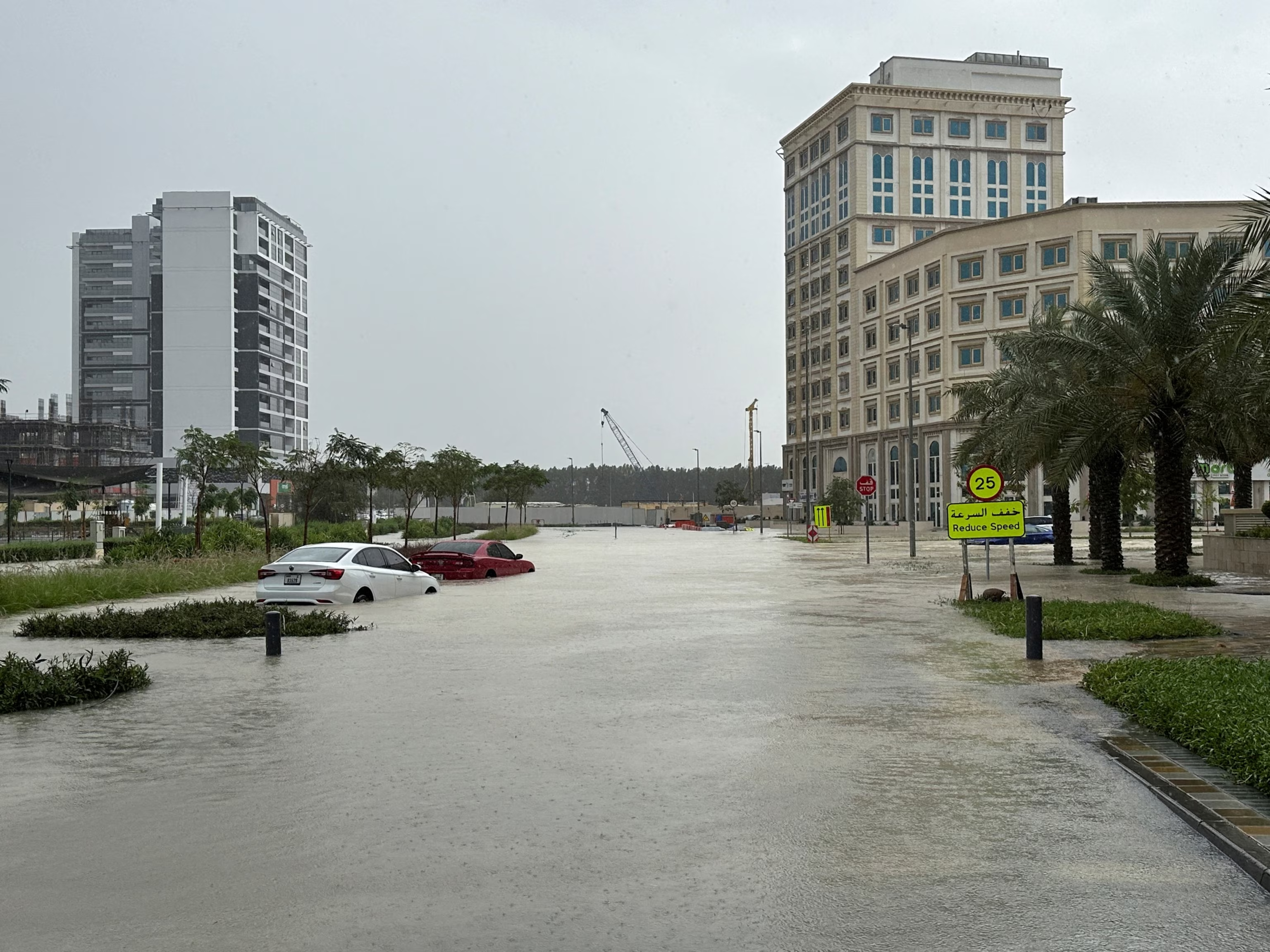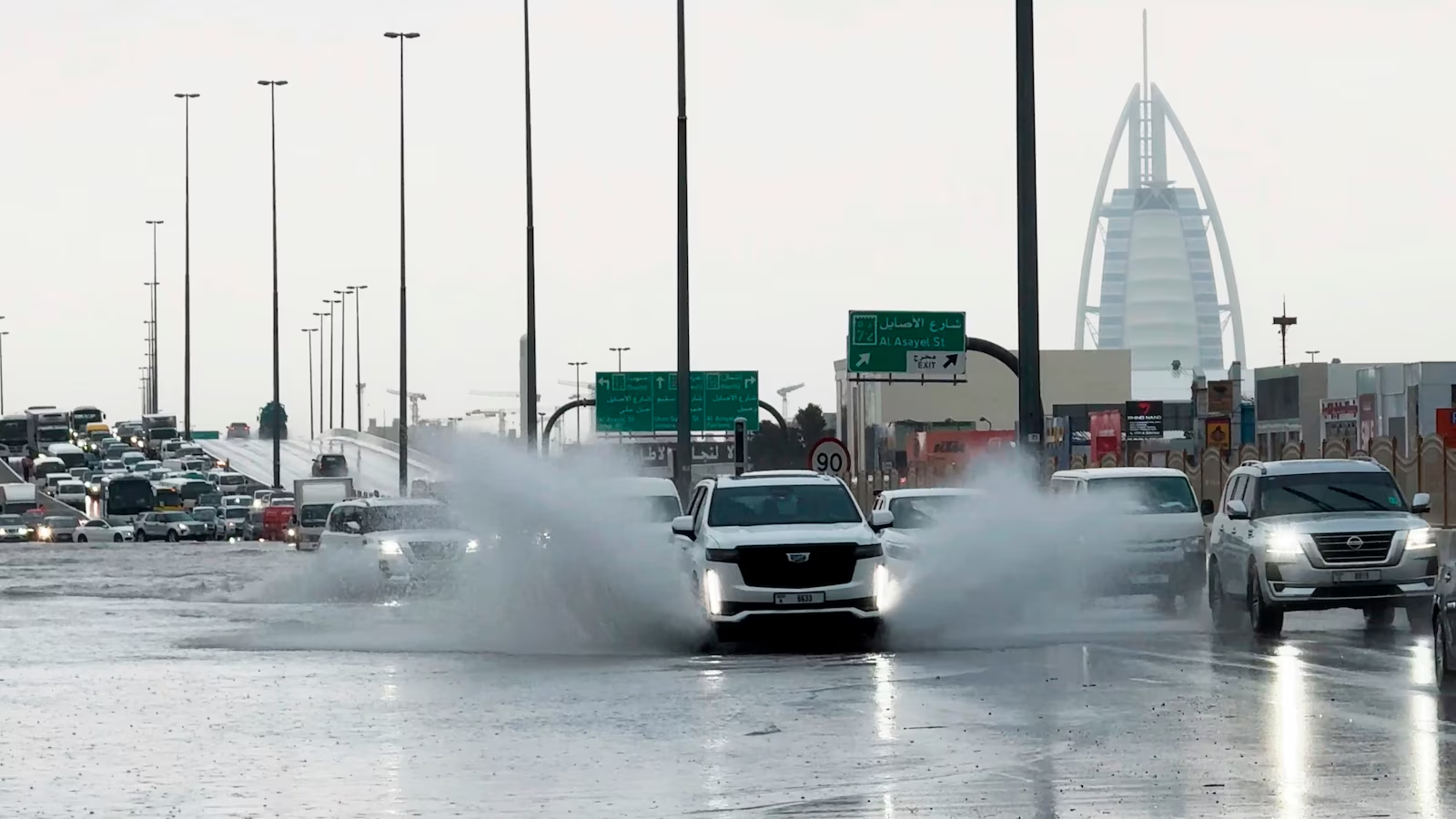Dubai, the glittering city of skyscrapers and luxury, was brought to its knees by an extraordinary natural event: a deluge of rain that exceeded all expectations. In just 24 hours, the desert metropolis received a staggering amount of precipitation equivalent to two years’ worth of rain. The consequences were swift and dramatic, leaving residents and authorities grappling with the aftermath.

The Unprecedented Downpour
On April 16, 2024, Dubai experienced a meteorological anomaly. Over a half-foot of rain—6.26 inches—poured down relentlessly between 10 p.m. local time on Monday and 10 p.m. local time on Tuesday. The United Arab Emirates city, accustomed to arid conditions, found itself submerged in water. Roads turned into rivers, homes were inundated, and businesses struggled to cope with the sudden deluge.
The Dubai Meteorological Office confirmed the astonishing rainfall, emphasizing that this was an event of unprecedented magnitude. To put it in perspective, on average, Dubai typically receives a mere 3.12 inches of rain per year. Yet, in a single day, it received double that amount. The city’s drainage systems, designed for occasional showers, were overwhelmed, leading to widespread flooding.

Impact on Infrastructure
Dubai International Airport, one of the busiest hubs in the world, faced disruptions as inbound flights were temporarily diverted due to the exceptional weather. Departures remained unaffected, but the airport’s operations were strained. Meanwhile, all government entities and private schools received instructions to work remotely, acknowledging the severity of the situation.
The iconic Burj Khalifa, the world’s tallest building, stood amidst the floodwaters, a surreal sight for both residents and tourists. Luxury cars were stranded, their wheels submerged, and pedestrians waded through knee-deep water. The city’s infrastructure, meticulously designed for desert conditions, struggled to cope with this sudden onslaught.
Climate Change and Extreme Events
Human-amplified climate change is increasingly contributing to extreme weather events worldwide. The U.S. government’s Fifth National Climate Assessment highlights the intensification of rainfall due to climate change. As temperatures rise, the atmosphere holds more moisture, leading to heavier downpours. Dubai’s recent deluge is a stark reminder that no place is immune to the impacts of a changing climate.

Lessons Learned
Dubai’s experience serves as a wake-up call. As cities around the globe face the dual challenges of urbanization and climate change, they must adapt their infrastructure to withstand extreme events. Improved drainage systems, flood-resistant buildings, and sustainable urban planning are essential components of resilience.
While Dubai grapples with the aftermath, its residents and leaders are left pondering the implications. The city’s rapid growth and ambition have made it a global icon, but it must now confront the reality of a changing climate. As the waters recede, Dubai faces a critical choice: to build back better or risk repeating this watery ordeal in the future.
In the heart of the desert, where rain was once a rarity, Dubai now stands as a testament to the power of nature and the urgent need for climate-conscious action. The city’s resilience will be tested, but perhaps it can emerge stronger, ready to weather any storm that comes its way.





